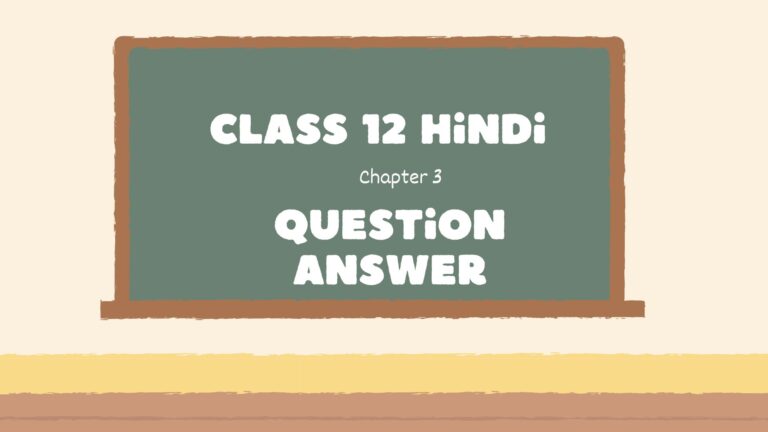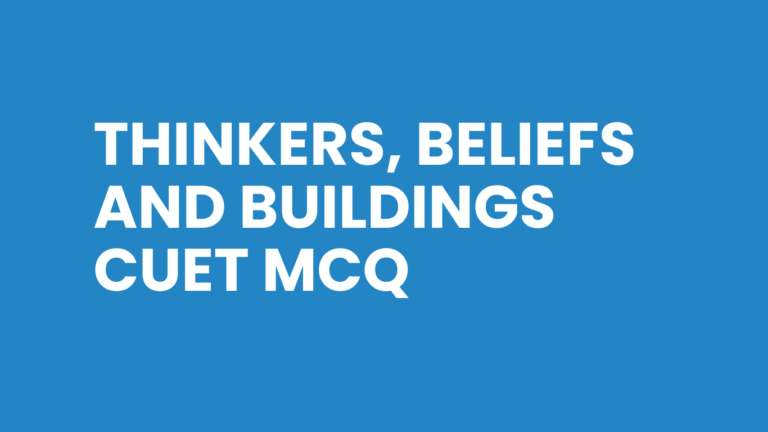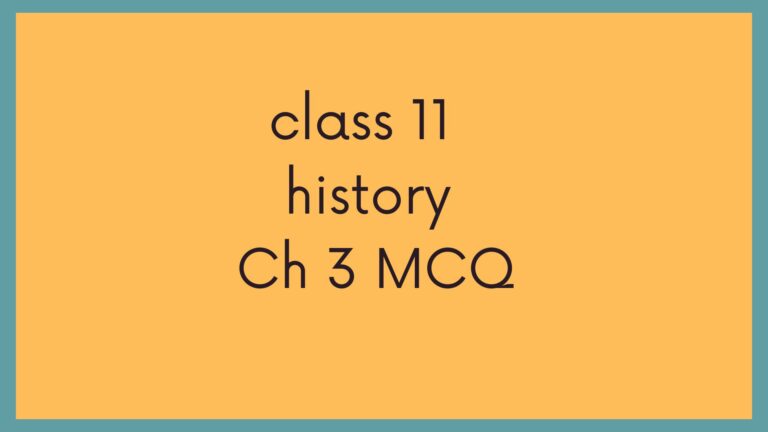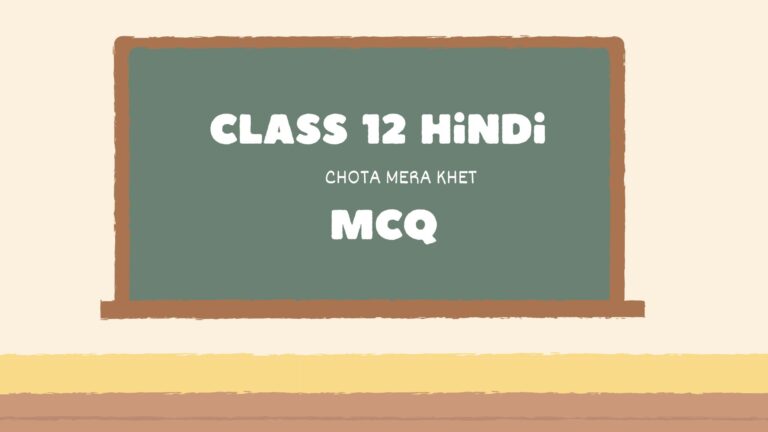Contemporary Centres of Power Important MCQ | Class 12 Political Chapter 2 MCQ
In this article, the Contemporary Centres of Power Important MCQ. Class 12 Political Chapter 2 MCQ will help you excel in your exams.

Contemporary Centres of Power Important MCQ | Class 12 Political Chapter 2 MCQ
- The European Union was formally established by which treaty?
a) Rome Treaty
b) Paris Treaty
c) Maastricht Treaty
d) Lisbon Treaty
Answer: c) Maastricht Treaty - The Marshall Plan was introduced by:
a) Britain
b) USA
c) France
d) Germany
Answer: b) USA - ASEAN was founded in which year?
a) 1967
b) 1972
c) 1955
d) 1975
Answer: a) 1967 - ASEAN was established through which declaration?
a) Bangkok Declaration
b) Jakarta Declaration
c) Manila Declaration
d) Hanoi Declaration
Answer: a) Bangkok Declaration - Which country joined ASEAN last?
a) Vietnam
b) Myanmar
c) Cambodia
d) Brunei
Answer: c) Cambodia - Which one of these is NOT a pillar of ASEAN Community?
a) ASEAN Security Community
b) ASEAN Economic Community
c) ASEAN Political Council
d) ASEAN Socio-Cultural Community
Answer: c) ASEAN Political Council - China’s economic reforms started under whose leadership?
a) Mao Zedong
b) Zhou Enlai
c) Deng Xiaoping
d) Xi Jinping
Answer: c) Deng Xiaoping - The ‘Open Door Policy’ was introduced in:
a) 1972
b) 1978
c) 1982
d) 1990
Answer: b) 1978 - Which organisation was created to channel Marshall Plan aid?
a) NATO
b) OEEC
c) UNDP
d) IMF
Answer: b) OEEC - ASEAN Way refers to:
a) Informal, cooperative and non-confrontational style of interaction
b) Military alliance between ASEAN states
c) Free trade agreement only
d) ASEAN’s constitutional framework
Answer: a) Informal, cooperative and non-confrontational style of interaction - Which year did China become a member of the WTO?
a) 1999
b) 2000
c) 2001
d) 2002
Answer: c) 2001 - The Euro currency was introduced in:
a) 1999
b) 2000
c) 2001
d) 2002
Answer: d) 2002 - Which European leader kept UK out of the European Market?
a) Tony Blair
b) Margaret Thatcher
c) Boris Johnson
d) Winston Churchill
Answer: b) Margaret Thatcher - Which of the following countries is a permanent member of UNSC from EU?
a) Germany
b) France
c) Italy
d) Spain
Answer: b) France - The ASEAN Regional Forum (ARF) was established in:
a) 1985
b) 1990
c) 1994
d) 1996
Answer: c) 1994 - ASEAN Vision 2020 emphasises:
a) Internal trade only
b) Outward-looking role and regional cooperation
c) Military dominance
d) European alliance
Answer: b) Outward-looking role and regional cooperation - What is the name of the Chinese policy of four modernisations?
a) Maoist Reforms
b) Deng Reforms
c) Zhou Enlai Reforms
d) Xi Policy
Answer: b) Deng Reforms - India and China fought a war in:
a) 1947
b) 1962
c) 1971
d) 1999
Answer: b) 1962 - ASEAN’s economic power comes mainly from:
a) Agriculture
b) Industrial exports and FDI
c) Military investment
d) Oil exports
Answer: b) Industrial exports and FDI - Which Indian policy strengthened ties with ASEAN?
a) Neighbourhood First Policy
b) Look East Policy
c) Non-Alignment Policy
d) Panchsheel
Answer: b) Look East Policy - The Lisbon Treaty came into force in:
a) 2007
b) 2008
c) 2009
d) 2010
Answer: c) 2009 - Which two countries signed the Treaty of Paris in 1951 along with others?
a) France and Germany
b) USA and UK
c) Spain and Portugal
d) Poland and Italy
Answer: a) France and Germany - China’s Special Economic Zones (SEZs) were created to:
a) Promote domestic agriculture
b) Attract foreign investment
c) Control inflation
d) Strengthen military power
Answer: b) Attract foreign investment - Which Asian country is the only member of G-7?
a) China
b) India
c) Japan
d) South Korea
Answer: c) Japan - South Korea’s rapid economic growth is called:
a) Asian Miracle
b) Miracle on the Han River
c) Korean Development Model
d) Pacific Growth Model
Answer: b) Miracle on the Han River - The Euro is used by how many EU countries currently (approx.)?
a) 12
b) 19
c) 22
d) 28
Answer: b) 19 - Which treaty attempted to create a Constitution for EU?
a) Maastricht Treaty
b) Rome Treaty
c) Lisbon Treaty
d) Draft EU Constitution 2003
Answer: d) Draft EU Constitution 2003 - China normalised relations with USA in:
a) 1968
b) 1970
c) 1972
d) 1976
Answer: c) 1972 - ASEAN-India Free Trade Agreement (FTA) came into effect in:
a) 2005
b) 2007
c) 2010
d) 2012
Answer: c) 2010 - Which EU country decided to exit (Brexit) in 2016?
a) France
b) Spain
c) United Kingdom
d) Italy
Answer: c) United Kingdom
Class 12 Political Chapter 2 MCQ – Assertion-Reason Questions
- Assertion (A): The European Union has its own flag, anthem and currency.
Reason (R): It has started functioning like a nation-state.
Answer: Both A and R are true, and R explains A. - Assertion (A): ASEAN focuses on informal, cooperative interaction.
Reason (R): ASEAN members value national sovereignty.
Answer: Both A and R are true, and R explains A. - Assertion (A): China adopted ‘shock therapy’ like the USSR.
Reason (R): China wanted to quickly privatise its economy.
Answer: Both A and R are false. - Assertion (A): The ASEAN Regional Forum deals with security issues.
Reason (R): ARF was established to coordinate defence policies of ASEAN states.
Answer: A is true, R is false. - Assertion (A): Euro has become a global currency rival to the US dollar.
Reason (R): EU has a large share in world trade.
Answer: Both A and R are true, and R explains A. - Assertion (A): ASEAN is weaker than EU in supranational powers.
Reason (R): ASEAN members prefer national sovereignty over integration.
Answer: Both A and R are true, and R explains A. - Assertion (A): India and China fought a war in 1962.
Reason (R): The conflict was over Aksai Chin and Arunachal Pradesh.
Answer: Both A and R are true, and R explains A. - Assertion (A): Japan’s constitution allows use of military force for settling disputes.
Reason (R): Japan has Article 9 which renounces war.
Answer: A is false, R is true. - Assertion (A): China’s growth after 1978 is due to economic reforms.
Reason (R): These reforms included SEZs, FDI and privatisation.
Answer: Both A and R are true, and R explains A. - Assertion (A): India’s Look East Policy strengthened its trade with ASEAN.
Reason (R): ASEAN-India FTA came into effect in 2010.
Answer: Both A and R are true, and R explains A.
Class 12 Political Chapter 2 MCQ – Statement-Based Questions
- Statement: EU’s GDP is larger than the US and its currency challenges the US dollar.
True/False? → True - Statement: ASEAN was formed in 1972 by signing the Manila Declaration.
True/False? → False (It was 1967, Bangkok Declaration) - Statement: Deng Xiaoping introduced the Four Modernisations in China.
True/False? → False (Proposed by Zhou Enlai in 1973; Deng implemented reforms later) - Statement: Britain voted to leave the EU in 2016 referendum.
True/False? → True - Statement: South Korea’s growth is known as “Miracle on the Han River”.
True/False? → True
Class 12 Political Science Chapter 1 MCQ | The End of Bipolarity Important MCQ
Class 12 Political Chapter 1 Question Answer | The End of Bipolarity Important Questions







One Comment